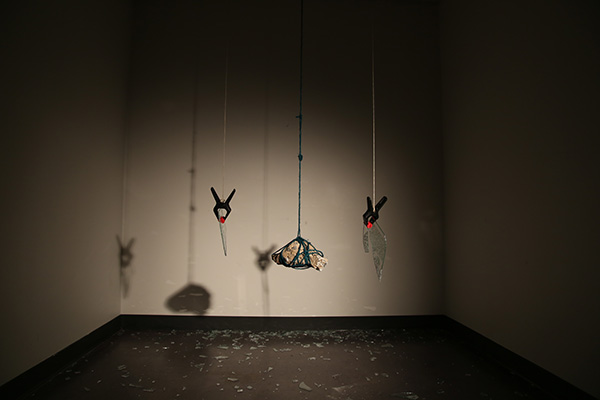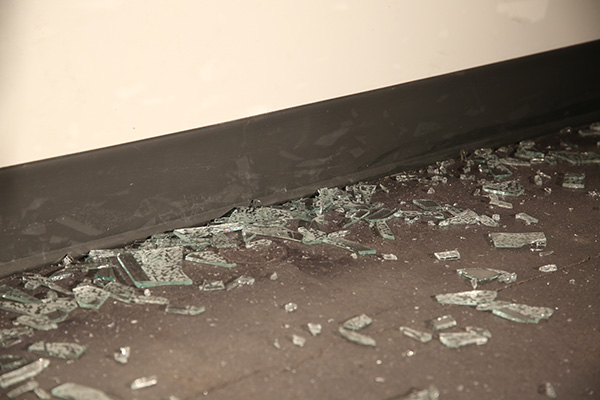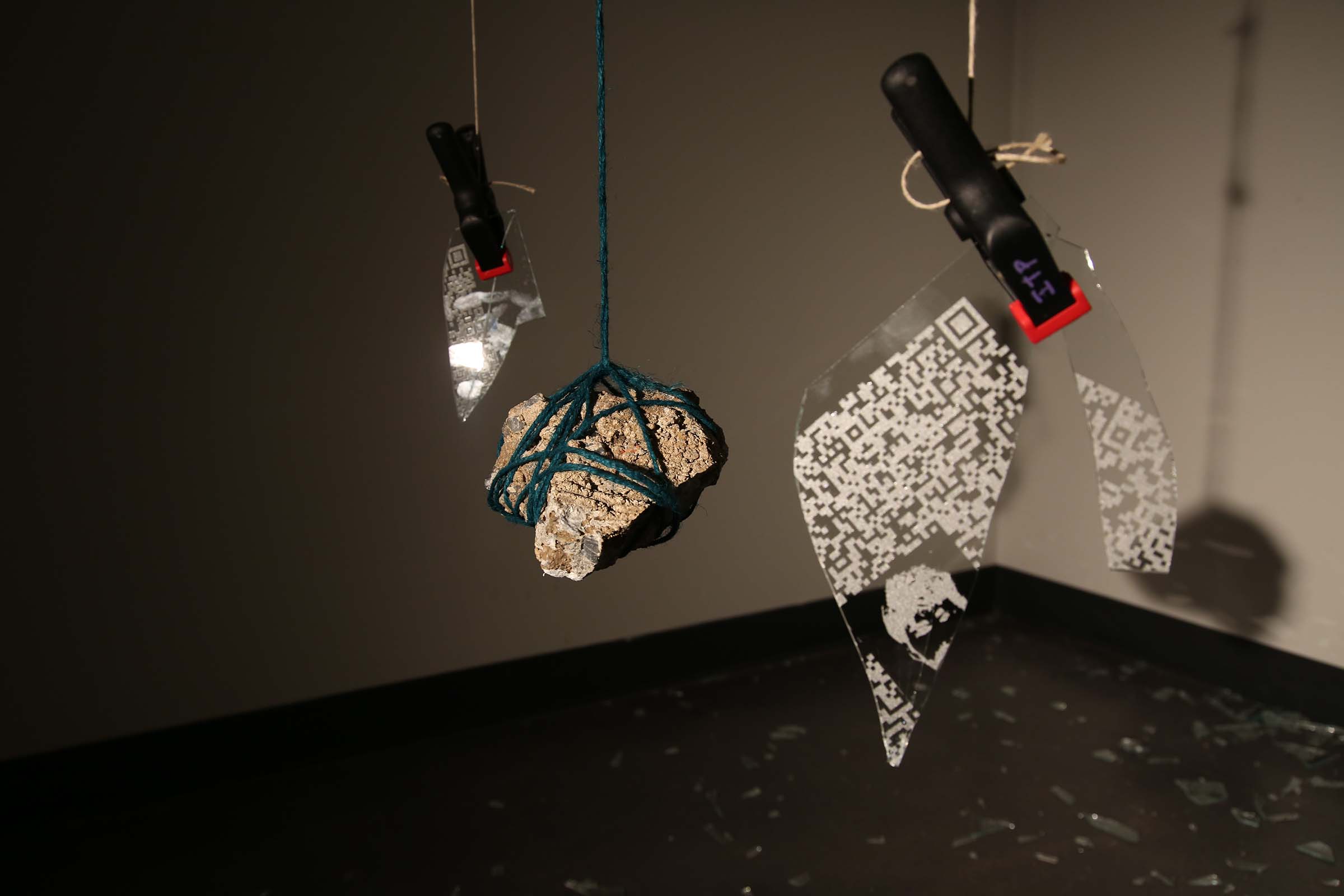In collaboration with Aaron Moreno Ayala.

The sound of glass shattering is visceral and startling. It evokes disquieting associations: the tragic loss of a family heirloom; a rock thrown in hate through a storefront window; the chilling sound of home invasion. It also signifies tension and danger, followed by the shout that stops you at the kitchen threshold: “Don’t come in here! There’s broken glass!”
Glass is a material rich with symbolic meaning. The symbolism of shattered glass is perhaps most powerfully evoked by Kristallnacht, The Night of Broken Glass, during which the Nazis perpetrated systematic attacks on Jewish people and property.
We also drew inspiration from the idiom “people who live in glass houses shouldn’t throw stones”. The admonition to refrain from judging others lest we be judged ourselves draws a correlation between the materiality of glass (transparent frangible barriers separating inside from outside, self from other, private from public) and flaws in human nature.

And finally, this piece is about memory. Glass has a long history as an information storage medium. Prior to the advent of cellulose nitrate film, photographic emulsions were captured on glass plate negatives. Modern laptop hard drive platters are made from glass. Silicon, one of the elemental building blocks of silicate glass, is the substrate on which the ubiquitous microchip is fabricated.
Some memories are sharp and piercing, others are treasured and framed in glass. Memories must be preserved to keep from losing them, be it in the mind or with physical media, and concealed to keep them private, be it in a locked drawer or with encryption. But like glass, so too encryption can be broken.
We’re told it’s foolhardy to share our data (though we do it just the same) and when no longer needed, it’s not enough to just erase, we must shred the disks and smash the drives to be sure there’s nothing left to reassemble.
